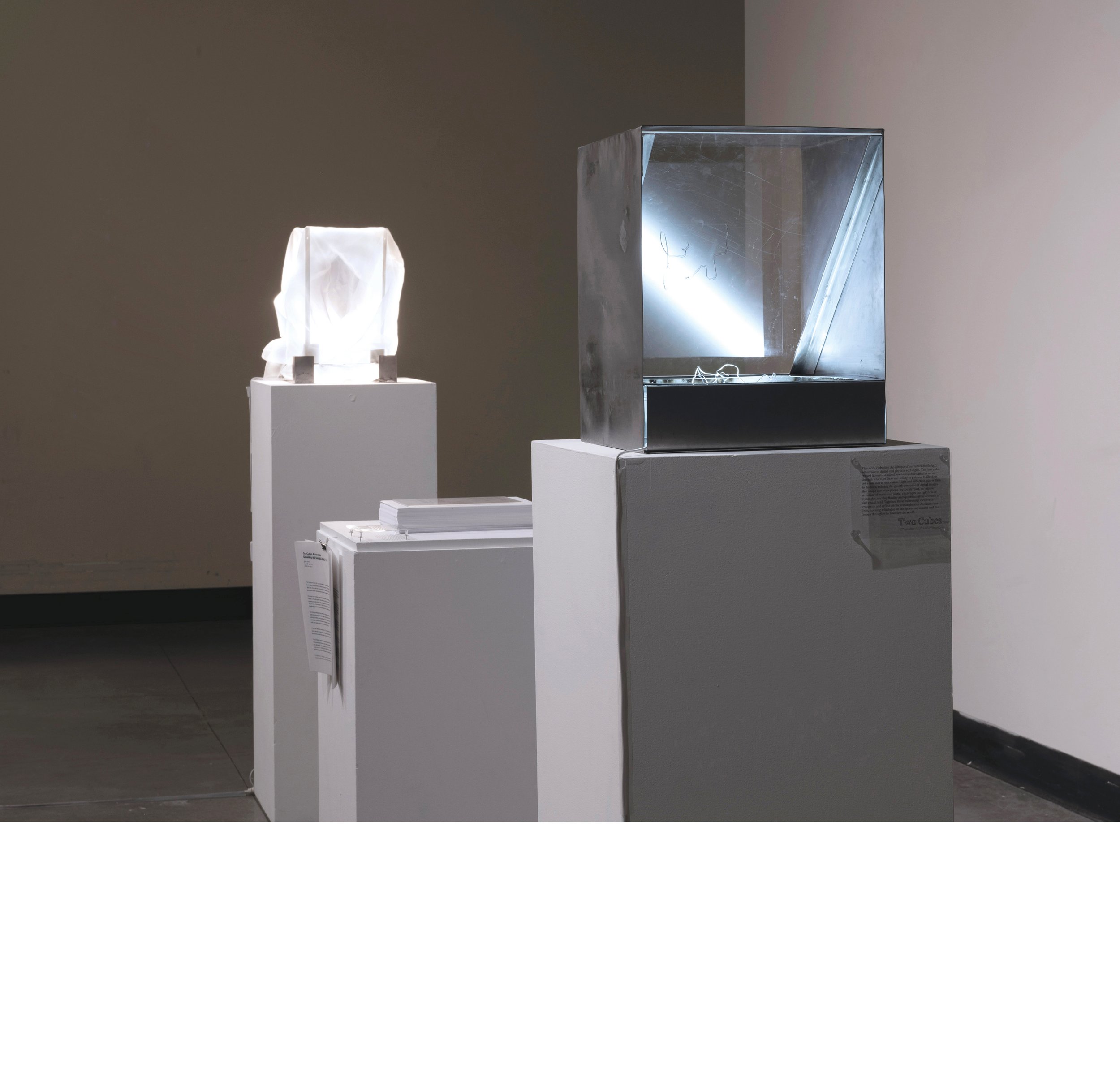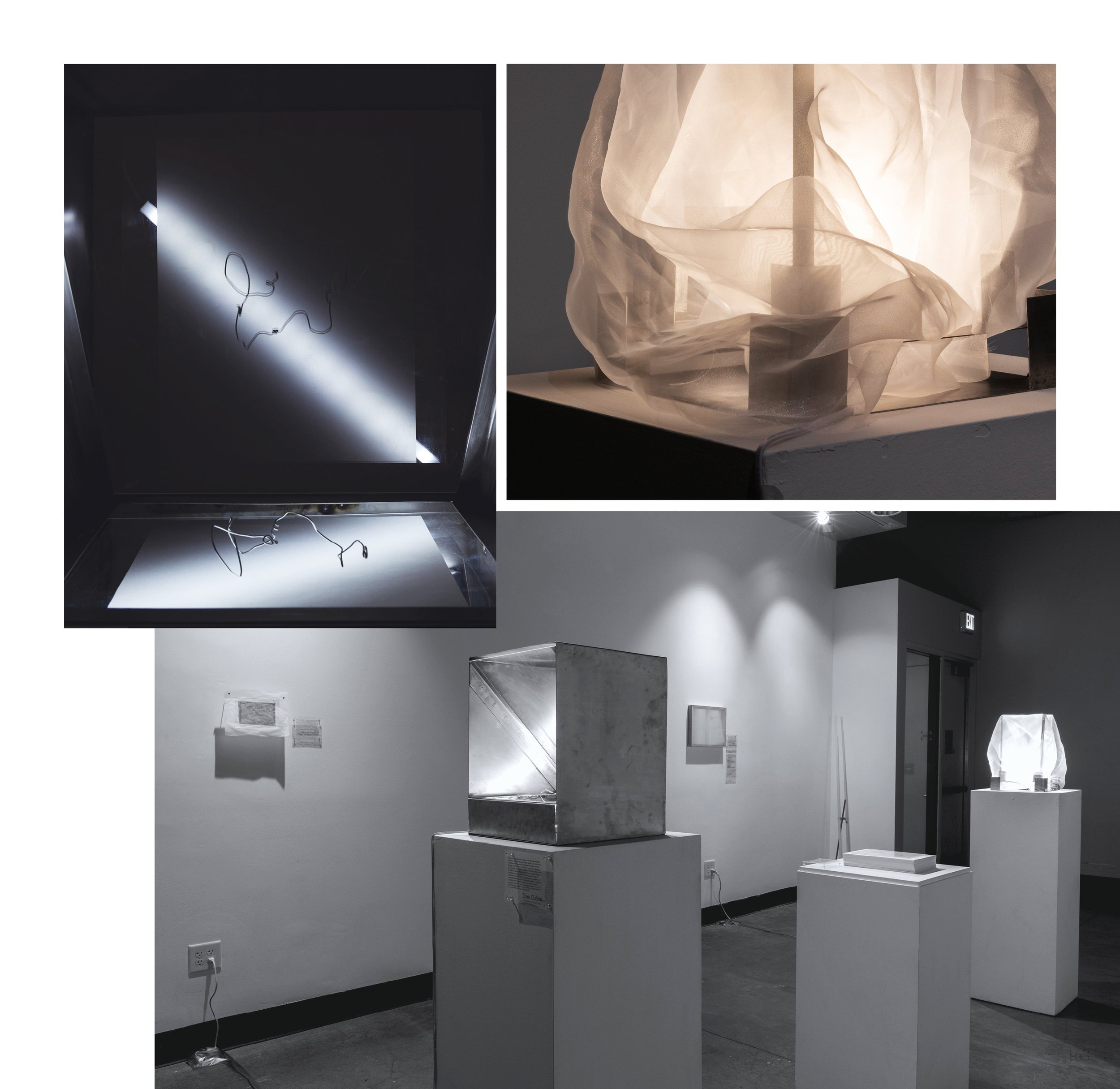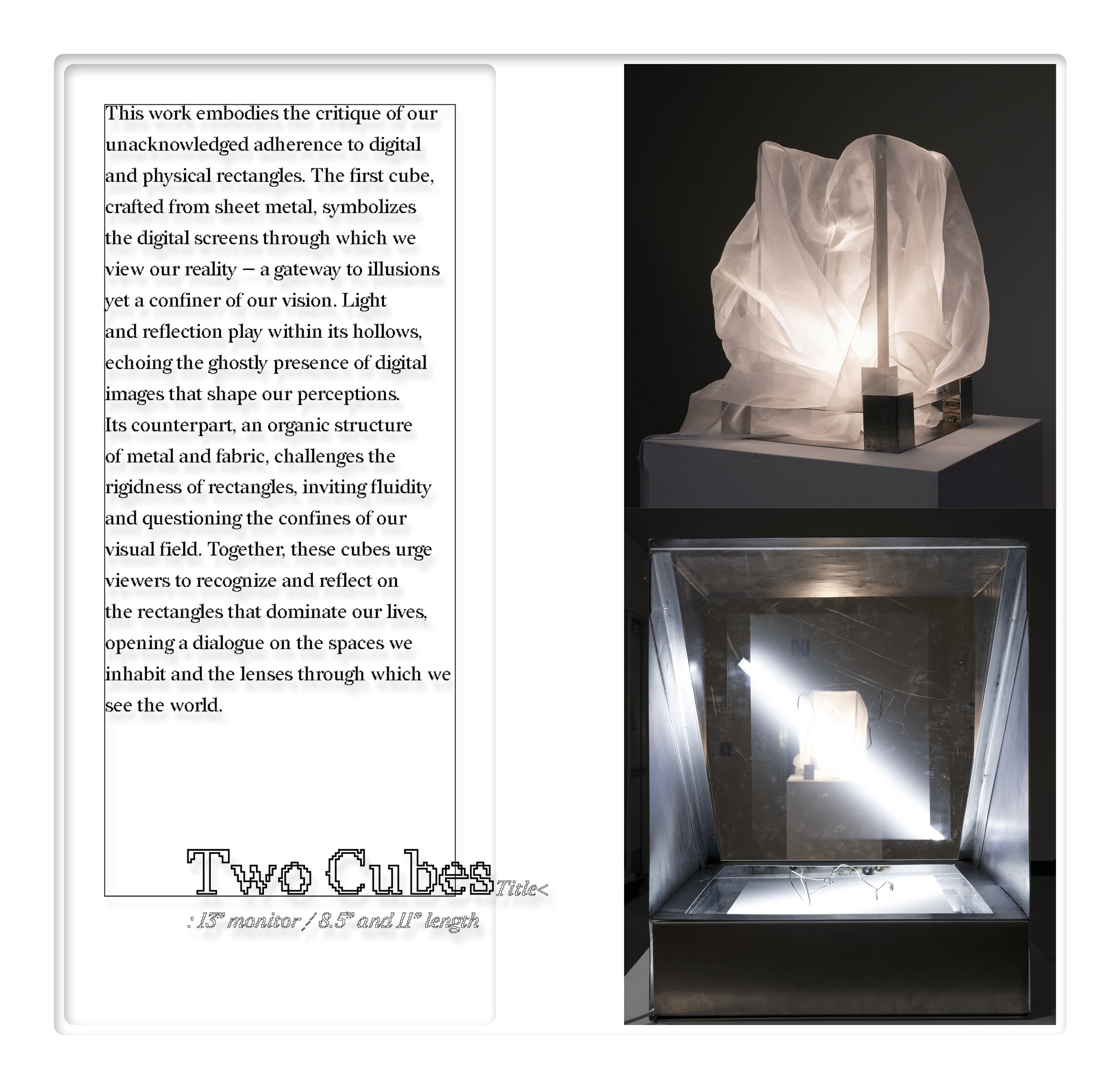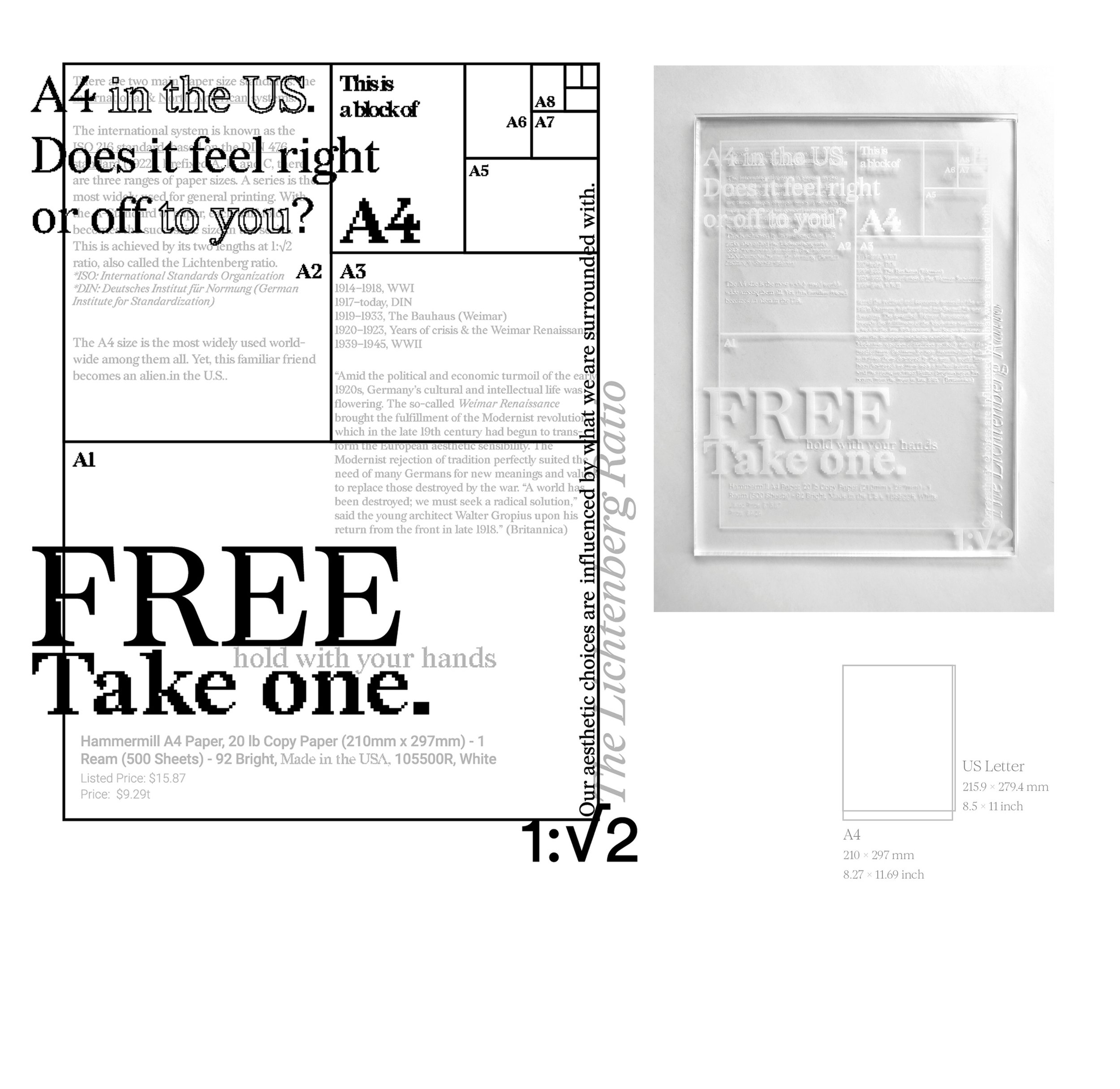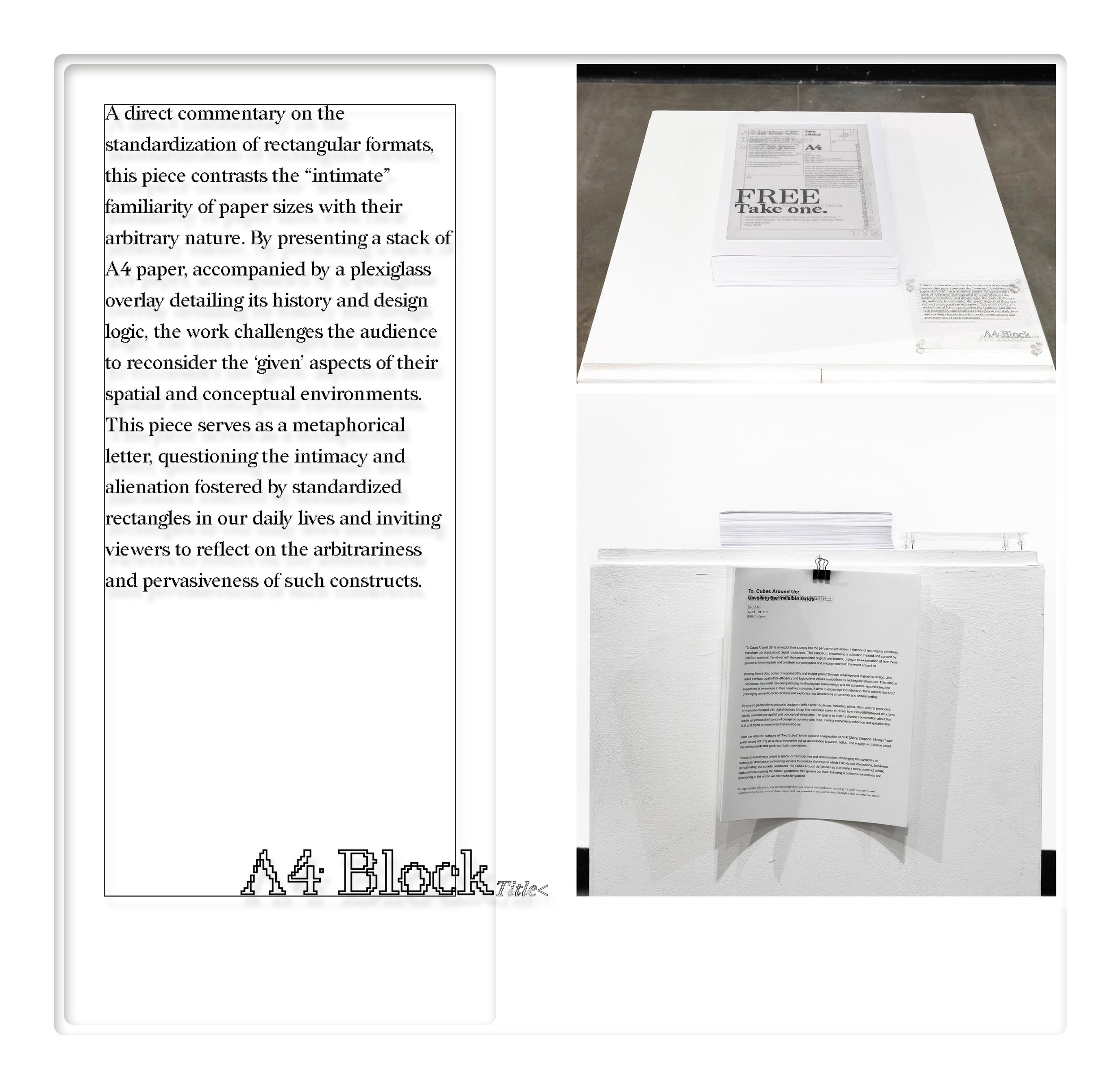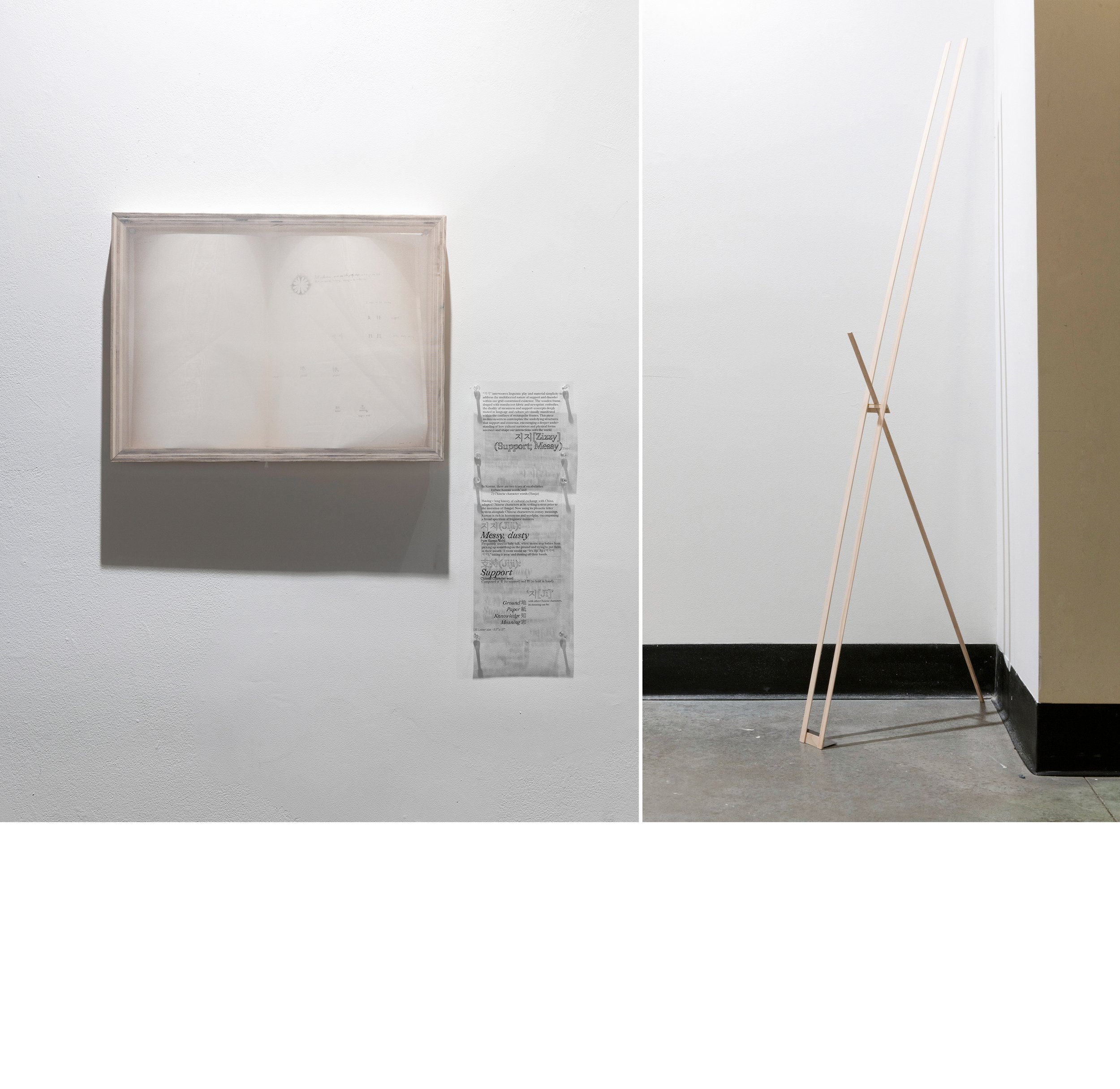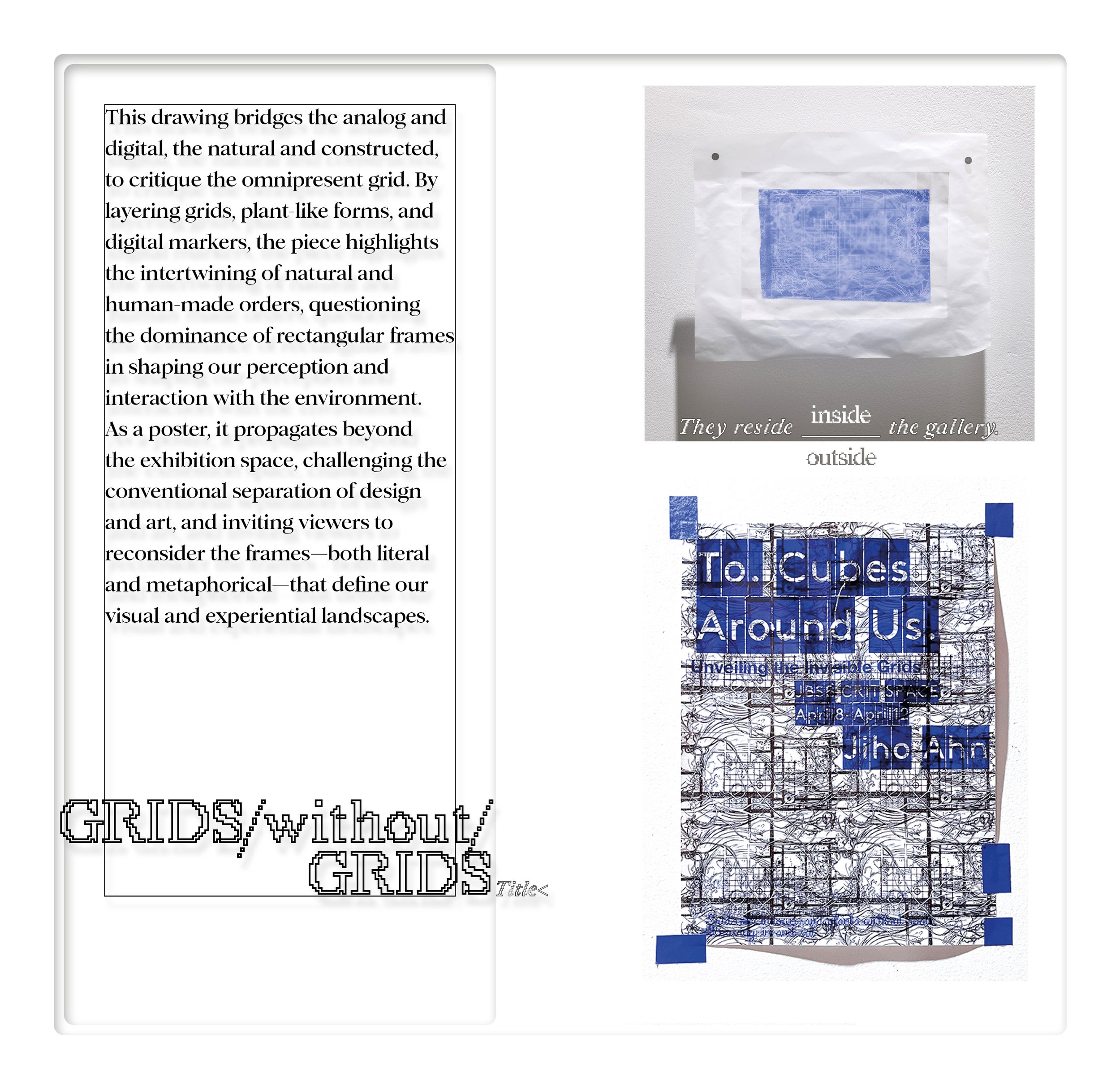
#Exhibition #M.F.A
To. Cubes Around Us.
The exhibition “To Cubes Around Us.” embarks on a critical examination of the rectangular grids and frames that dominate our physical and digital worlds. Curated by Jiho Ahn, the showcase delves into urban designs, architectural marvels, and the digital interfaces that shape our daily lives, urging visitors to confront and question the pervasive influence of these structures.
Drawing on a graphic design background, it articulates a nuanced critique of how these geometric forms—symbols of efficiency and logic—permeate every facet of our existence. This analysis is not a condemnation but an invitation to acknowledge their omnipresence and to ponder their impact on our worldview.
In our era, the digital has enveloped the physical, placing us within a meticulously ‘human-designed’ environment far removed from the organic disorder of nature. This shift, deeply rooted in modernism and propelled by technological innovation, emphasizes order and systematization, echoing a strong Western and capitalistic ethos. Yet, amidst this order, a paradox emerges: technological advances have introduced an element of fluidity, masking the rigidity of rectangular confines with the illusion of infinite possibilities.
This fluidity is evident in the way we navigate between multiple screens and digital spaces, embodying a flexibility that belies the underlying grid. From the organized chaos of our computer desktops to the gestural finesse required to operate a smartphone, our interactions hint at a boundless digital expanse. Yet, these experiences—be they the simulated intimacy of a smartphone camera or the expansive view from a drone— are still framed within the rectangular bounds of screens and interfaces.
As we look forward to new technological advancements like the Apple Vision Pro and augmented reality, it’s clear that the rectangular paradigm will continue to prevail, deeply influencing how we think, read, and write. This persistence is not merely a matter of form but significantly dictates the very framework of our interactions and creative expressions, unlikely to undergo radical change abruptly. In this context, Ahn emphasizes the growing importance of recognizing the grid — not as a limitation but as an essential tool. This recognition becomes critical as the grid grows increasingly invisible and discrete, yet ever more pervasive in shaping our digital and physical environments. Understanding this, Ahn urges us to see beyond the immediate and apparent, to grasp how structures interact with us and influence our perceptions. It’s about reimagining the rectangular paradigm in the age of new media, exploring the vast potentialities without succumbing to copy-and-paste, templatized solutions. By acknowledging the enduring presence and role of the grid, we can better navigate and harness the possibilities it unfolds, ensuring our creative and interpretive efforts are informed, deliberate, and nuanced.
‘To Cubes Around Us’ is a personal reflection, born out of a responsibility felt as a designer and cultural producer, to highlight the necessity of awareness among those who contribute to the fabric of our surroundings. It’s an encouragement to think beyond the grid, to see beyond its bounds, and to engage in a broader conversation about the architectural and digital landscapes that envelop us. Through this exhibition, Ahn seeks to inspire a dialogue on the significance of these geometrical frames in our lives, fostering a collective awareness and questioning of the norms we often take for granted.

